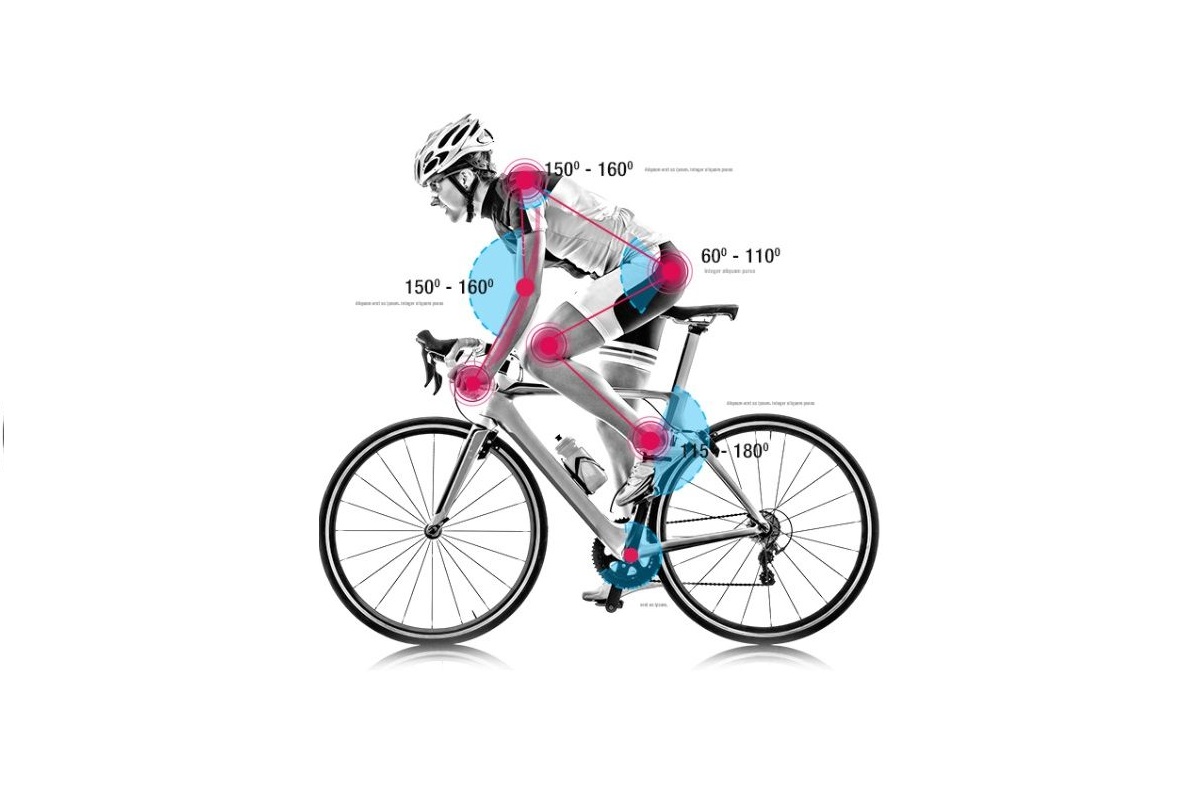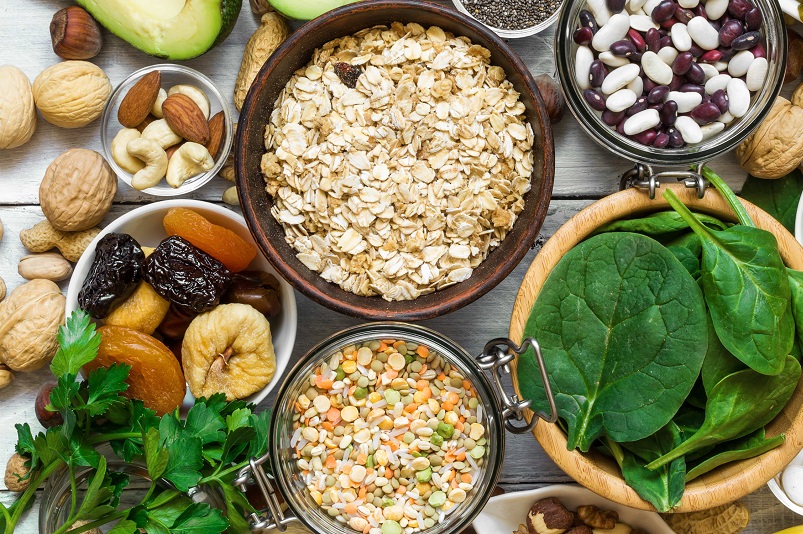After a ride on your bike, have you experienced numbness, tingling, or pain in your arm, hand, wrist, or little finger? If you have, you could be suffering from an overuse injury.
It is sometimes due to a nerve injury at the wrist that causes clumsiness and weakness in the hand and fingers. Those with the condition may experience difficulty with finger movements and pinching, or even activities such as gripping brakes or the handlebars. The condition often results from longer multi day road cycling events or longer rides.
By making some adjustments to your bike, posture, and by wearing some protective equipment, you can help prevent this injury from occurring.

While cycling, the hand and wrist position in extension on the handlebars places weight and vibrational pressure on the ulnar nerve and wrist, and these areas are sensitive to repetitive stress. This can also be exacerbated if there has been underlying trauma in the past, due to a fall or landing onto outstretched hands, to save oneself at some stage.
Anatomy
The muscles commonly affected with this condition are the hypothenar muscles and the first dorsal interossei, which are found at the inside of the hand and between the fourth and fifth digit respectively. The ulnar nerve supplies these muscles with motor supply. The nerve also provides part of the back of the hand, half of the ring finger and the little finger with sensation. At the wrist, the nerve enters into the hand through the Guyon canal. This tight tunnel is formed between two of the tiny carpal bones within the wrist and the ligaments joining the bones together. Either beyond or within the canal, the ulnar nerve divides into motor branches that work to move the thumb and the little finger.
How to Treat this Cyclist’s Handlebar Palsy:
Rest Allow the area time without aggravation to heal on its own. The nerve will regenerate and any inflammation adding pressure on the area will subside and the function of the muscles should be restored. While the muscles and nerves are going through the regenerating process, you need to refrain from any similarly loaded or stressful upperlimb sporting activities. Traditional sports injuries treatments will accelerate healing further and aid the healing process.
Check Bike Geometry, Size and your riding Position. Make sure the handlebars are in the correct position to avoid any undue stress on the muscles and nerves.Take your bike to a professional to have the seat position and height assessed to ensure it is customized to your specific body type. In doing so, you will help to minimize the amount of weight placed on the wrists.
Tips:
- Wear gloves that are padded or get pad handlebars to minimize the amount of vibration that your hands and wrist experience.
- Try to avoid hard bumpy roads or off road terrain due to jarring impact and vibrational strains.
- Don’t ride for too long at any one time. It is more likely to happen to cyclists riding for a few hours.
- Don’t over grip the handlebars, check first to relax your grip at all times.
- Avoid placing direct pressure over the lateral (outside) of your hand (Guyon’s canal) by making sure your weight is evenly distributed across the hands and wrists onto the handlebars.
- Make sure to choose proper handlebars. The specific type of handlebar affects the amount of pressure placed throughout your wrists.
- Use drop handlebars as much as possible, or if not the cow horns / bull horns if you have them. Avoid flat handlebars where your palm is straight down.
- Good shock absorbers if you have a mountain bike and are on off road terrain are helpful to absorb vibrational forces too.




You must be logged in to post a comment.